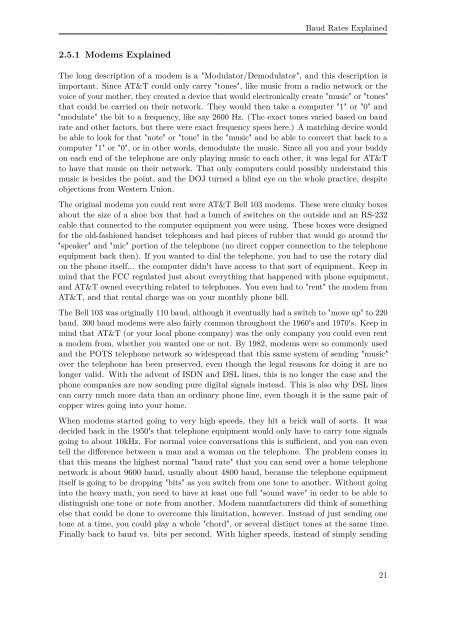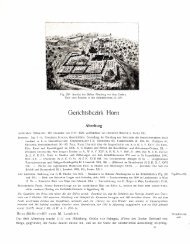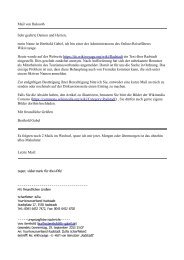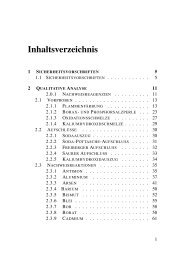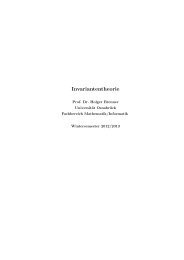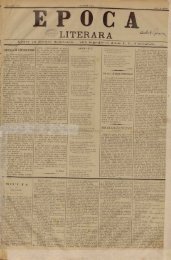Serial Programming - upload.wikimedia....
Serial Programming - upload.wikimedia....
Serial Programming - upload.wikimedia....
You also want an ePaper? Increase the reach of your titles
YUMPU automatically turns print PDFs into web optimized ePapers that Google loves.
Baud Rates Explained<br />
2.5.1 Modems Explained<br />
The long description of a modem is a "Modulator/Demodulator", and this description is<br />
important. Since AT&T could only carry "tones", like music from a radio network or the<br />
voice of your mother, they created a device that would electronically create "music" or "tones"<br />
that could be carried on their network. They would then take a computer "1" or "0" and<br />
"modulate" the bit to a frequency, like say 2600 Hz. (The exact tones varied based on baud<br />
rate and other factors, but there were exact frequency specs here.) A matching device would<br />
be able to look for that "note" or "tone" in the "music" and be able to convert that back to a<br />
computer "1" or "0", or in other words, demodulate the music. Since all you and your buddy<br />
on each end of the telephone are only playing music to each other, it was legal for AT&T<br />
to have that music on their network. That only computers could possibly understand this<br />
music is besides the point, and the DOJ turned a blind eye on the whole practice, despite<br />
objections from Western Union.<br />
The original modems you could rent were AT&T Bell 103 modems. These were clunky boxes<br />
about the size of a shoe box that had a bunch of switches on the outside and an RS-232<br />
cable that connected to the computer equipment you were using. These boxes were designed<br />
for the old-fashioned handset telephones and had pieces of rubber that would go around the<br />
"speaker" and "mic" portion of the telephone (no direct copper connection to the telephone<br />
equipment back then). If you wanted to dial the telephone, you had to use the rotary dial<br />
on the phone itself... the computer didn't have access to that sort of equipment. Keep in<br />
mind that the FCC regulated just about everything that happened with phone equipment,<br />
and AT&T owned everything related to telephones. You even had to "rent" the modem from<br />
AT&T, and that rental charge was on your monthly phone bill.<br />
The Bell 103 was originally 110 baud, although it eventually had a switch to "move up" to 220<br />
baud. 300 baud modems were also fairly common throughout the 1960's and 1970's. Keep in<br />
mind that AT&T (or your local phone company) was the only company you could even rent<br />
a modem from, whether you wanted one or not. By 1982, modems were so commonly used<br />
and the POTS telephone network so widespread that this same system of sending "music"<br />
over the telephone has been preserved, even though the legal reasons for doing it are no<br />
longer valid. With the advent of ISDN and DSL lines, this is no longer the case and the<br />
phone companies are now sending pure digital signals instead. This is also why DSL lines<br />
can carry much more data than an ordinary phone line, even though it is the same pair of<br />
copper wires going into your home.<br />
When modems started going to very high speeds, they hit a brick wall of sorts. It was<br />
decided back in the 1950's that telephone equipment would only have to carry tone signals<br />
going to about 10kHz. For normal voice conversations this is sufficient, and you can even<br />
tell the difference between a man and a woman on the telephone. The problem comes in<br />
that this means the highest normal "baud rate" that you can send over a home telephone<br />
network is about 9600 baud, usually about 4800 baud, because the telephone equipment<br />
itself is going to be dropping "bits" as you switch from one tone to another. Without going<br />
into the heavy math, you need to have at least one full "sound wave" in order to be able to<br />
distinguish one tone or note from another. Modem manufacturers did think of something<br />
else that could be done to overcome this limitation, however. Instead of just sending one<br />
tone at a time, you could play a whole "chord", or several distinct tones at the same time.<br />
Finally back to baud vs. bits per second. With higher speeds, instead of simply sending<br />
21


